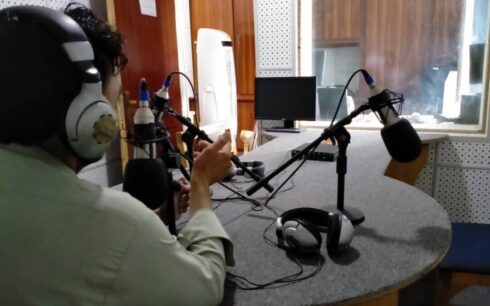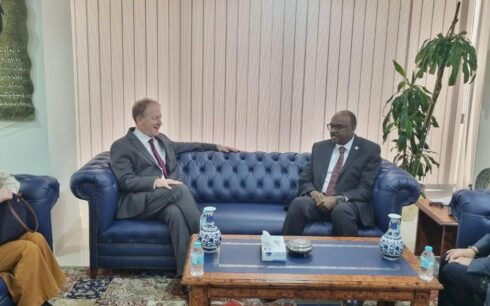KABUL — The United Nations released a detailed report Tuesday painting a grim picture of media freedom in Afghanistan, documenting extensive censorship, restrictions on access to information, and targeted repression of journalists and media workers, particularly women, under the Taliban’s de facto government.
The 26-page report, published by the UN Assistance Mission in Afghanistan (UNAMA) and the UN Human Rights Office, covers the period from August 15, 2021, to September 30, 2024. It outlines human rights violations against 336 journalists, including 256 cases of arbitrary detention, 130 of torture or ill-treatment, and 75 instances of threats or intimidation.
“Afghanistan’s media sector has been deeply eroded, operating in an environment of censorship and fear,” the report states. The Taliban’s measures—ranging from arbitrary arrests to ill-defined “red lines” for reporting—have created a pervasive culture of self-censorship among journalists.
The Taliban have imposed sweeping restrictions, including an 11-point media directive prohibiting content deemed contrary to Islam or national values, the report says.
According to the report, Journalists are frequently required to obtain approval from the Ministry of Information and Culture before publishing sensitive reports, while media outlets accused of violating these guidelines face closure.
Key findings of the report include:
“A large number of media outlets” shut down after the Taliban takeover due to “loss of revenue”; “exodus of journalists”; and Taliban “restrictions.”
The Taliban “continue to create an extremely challenging” media environment.
Taliban “interfering with editorial content and internal operation of media outlets have substantially diminished media freedom.”
The UN has documented 336 cases of “arrest,” “torture,” and “intimidation” of journalists by the Taliban.
The Taliban’s conduct has created “a culture of self-censorship.”
Media are often required to “coordinate and seek approval” from the Taliban “prior to publishing a report; while news agendas are subjected to pre-vetting.”
Broadcasting music is banned; “men and women must work in segregated workspaces” and not appear in a program together.
Morality law added new restrictions, including “the prohibition to create or display images of living beings; the voice of women is now considered private; and drivers are not allowed to provide transportation to women without a mahram.”
In 2023, the number of male media workers increased by 10% and female media workers by 17%, as compared to 2022.
Women in media: Barriers and discrimination
The report highlights the severe challenges faced by women journalists. Restrictions such as the mandatory hijab, travel limitations requiring a male guardian, and bans on women’s voices in broadcasts have marginalized women in the media sector.
“Female journalists are often excluded from press events and face discriminatory practices that prevent them from fully performing their duties,” the report notes.
Since 2021, over 84% of women in media have lost their jobs, and opportunities for aspiring female journalists have been extinguished following the Taliban’s suspension of higher education for women, the report says.
A shrinking media landscape
The report attributes the closure of 43% of Afghanistan’s media outlets since the Taliban’s return to power to economic collapse, loss of international donor support, and oppressive regulations. Many remaining outlets face declining revenues due to bans on music and entertainment, exacerbating their financial struggles.
Journalists working for media organizations in exile are particularly vulnerable, with some detained for alleged ties to these outlets, which the Taliban consider illegal.
The UN urged Taliban authorities to protect media workers, align their practices with international human rights standards, and ensure women’s full participation in the media sector.
“Media freedom is essential to public accountability and informed debate,” said Volker Türk, the UN High Commissioner for Human Rights. “The current conditions are incompatible with Afghanistan’s obligations under international law.”
The report calls for renewed international support for Afghanistan’s media sector, emphasizing the need for technical and financial assistance to sustain its operations. It also highlights the importance of restoring access to education and employment for women as a foundation for a free and vibrant press.





